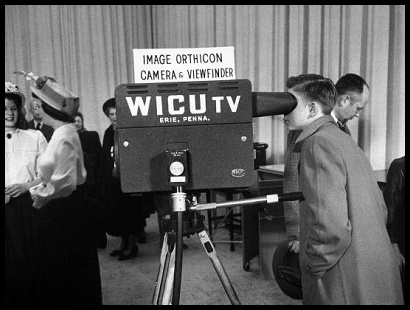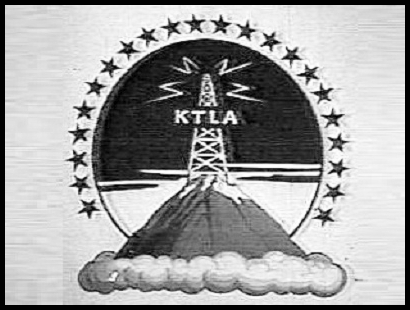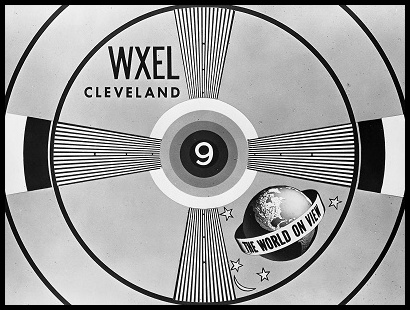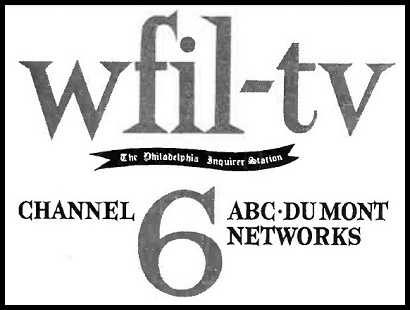 |
Channel  : Stations : Stations

"There were...stations that had bought DuMont
equipment and...you could write off some of these
things if you became an affiliate. Cincinnati...was
an example of that. Erie, Pennsylvania, the guy
never paid for any of his equipment, but cleared
all of DuMont's shows."
Art Elliot, a former DuMont network salesman,
in Jeff Kisseloff's The Box (see Channel 11).
In addition to its Pittsburgh station, WDTV, channel 3
(see next page), DuMont owned and operated WABD, channel 5, in New York
City (later WNEW, and today WNYW), and WTTG, channel 5, in Washington,
D.C., which still bears those call letters today. New York's call
letters stood for Allen B. DuMont, while the Washington station was
named for Thomas T. Goldsmith, a DuMont engineer.

DuMont also applied for television stations in Boston,
Cleveland, and Cincinnati, but for various reasons, these applications
were never granted. In a complicated set of legal rulings, the FCC
decided that the two TV stations owned by Paramount Pictures, a DuMont
stockholder, were to be counted against DuMont's station ownership. This
prevented DuMont from acquiring the maximum of five owned-and-operated
VHF stations which group owners were permitted at the time. (This
despite the fact that Paramount's KTLA in Los Angeles declined to clear
the DuMont lineup, and DuMont was obliged to clear its programming on
crosstown KTSL, and later, KTTV.)

Other stations which DuMont did not own, but with which
it had a good relationship and was able to clear network programming
(some of which also originated a few network shows) were WGN-TV, channel
9, in Chicago; WFIL-TV, channel 6, in Philadelphia; WAAM, channel 13,
in Baltimore; and WCPO-TV, channel 9, in Cincinnati (WFIL, WAAM, and
WCPO were "shared" affiliates with ABC). DuMont was also able to clear a
limited number of "live" programs on affiliates like WNHC-TV, channel
6, in New Haven (which claimed to be the first DuMont network affiliated
station in the United States); WNAC-TV, channel 7, in Boston; WEWS,
channel 5, and WXEL, channel 9, in Cleveland; WSPD-TV, channel 13, in
Toledo; WJBK-TV, channel 2, in Detroit; WTMJ-TV, channel 4, in
Milwaukee; and KSD-TV, channel 5, in St. Louis.

With the exception of UHF affiliates which signed on
later, including a UHF station in Kansas City (KCTY, channel 25) which
DuMont briefly owned, it is not much of an exaggeration to suggest that
these VHF stations comprised the heart of the "live" DuMont network,
particularly in its early days. See Appendix Nine for a listing of
DuMont network affiliates in 1949.

The DuMont network had relatively few "live" clearances.
Only WABD in New York and WTTG in Washington carried the entire DuMont
programming lineup. WDTV in Pittsburgh was able to pick and choose from
the programming of all four networks, and did, even though it was a
DuMont owned and operated station. Independently-owned stations like WGN
cleared a large number of DuMont programs, but at stations like WFIL
and WCPO, DuMont competed with ABC for program clearances. When UHF
stations began to sign on the air, DuMont signed many new affiliates,
but these new stations went largely unseen by the viewing public.
Although the DuMont network claimed high numbers of stations for certain
programs including its pro football telecasts (the record was
apparently 215 stations for Bishop Sheen's Life is Worth Living), it was
unable to clear most of its shows "live" on a regular basis, which was
one factor leading to the network's downfall.
Go to Channel 4: Pittsburgh
|
 |

